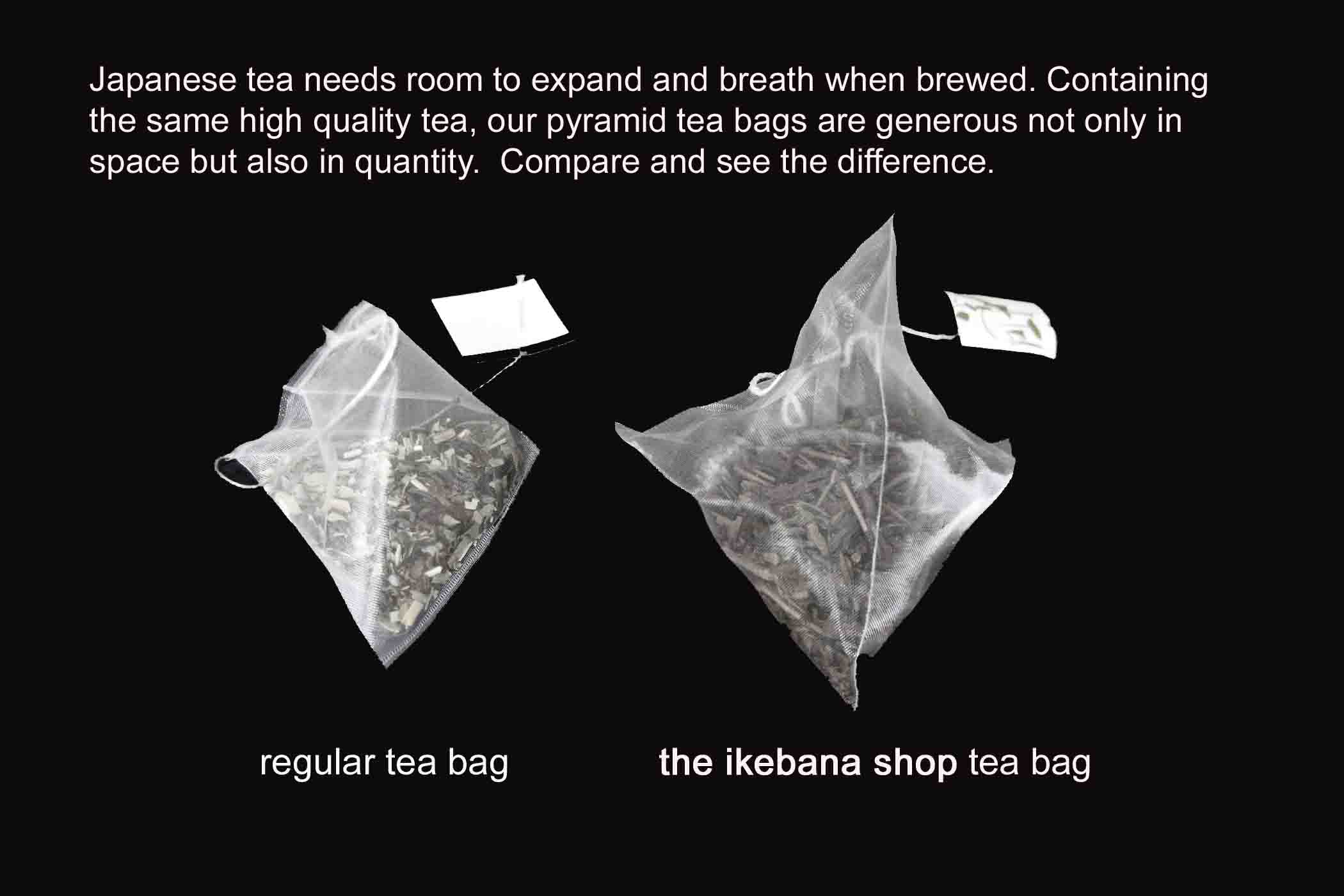finding the best tea
Timing of Harvest
Japanese tea leaves are normally harvested about 3-4 times a year. Ichibancha (the first flush), harvested in the spring, receives the highest grade. All our teas are made only from ichibancha.
Proper Brewing
Apart from houjicha (pan-roasted green tea), almost all Japanese green tea do not use boiling water straight from the kettle. Also, steeping time is not very long. (Please refer to this page for the recommended water temperature and steeping time for each tea.) If water is too hot, or if steeped for too long, the tea will become bitter. One way to cool water down from boiling is to pour it first into the teacup, wait a little bit for it to cool, then pour it onto the tea in the teapot. This serves the double purpose of cooling your water and warming your teacup! De-chlorinated water is best as the smell of chlorine will affect your tea's flavour. Easiest way to do this is by boiling tap water for more than 2 minutes. After steeping, always pour out all of the tea. Do not leave any water in the teapot or else the next brew will not taste as good.
Type of Tea Leaves
Japanese tea leaves are picked from the new leaves of the stem. It is said the that the super premium teas only use the first 3 leaves, hand-picked from each stem. The remaining older and bigger leaves are harvested later and used to make bancha, a lower grade tea. Take a closer look at the leaves next time you brew Japanese tea. The one with leaves that are thin and needle-like is the higher grade tea. Please compare our tea leaves with other brands in the market!
Proper Storage
Improper storage conditions will affect the taste of your tea. We, at the ikebana shop, get our tea priority air-shipped directly from the tea farm in Uji, Kyoto. They do not sit in a wholesaler's warehouse before they reach our shelves. Our teas are packed in special humidity-resistant bags. Once package is opened, tea leaves should be kept in an air-tight, odour-free container and stored in a cool, dry place. Use a cha-zutsu (tea caddy) to keep your tea fresh. Keep in the refrigerator if not planning to drink for a long period of time.


